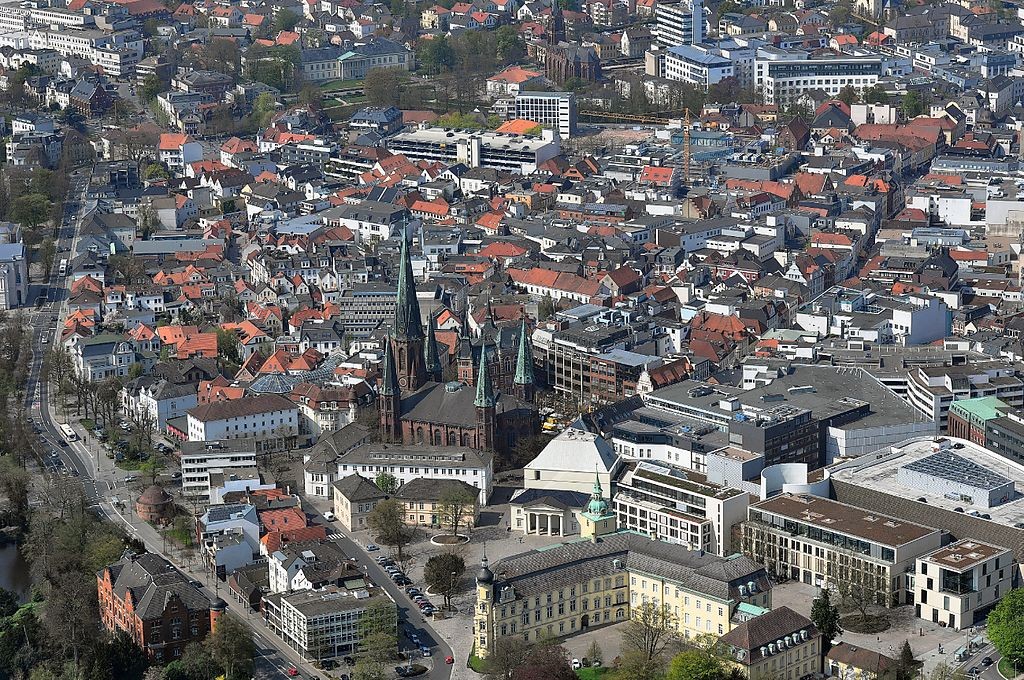- CURRENT LOCATION: HOME
- >> About Shaanxi
- >> Global Associations
- >> Sister Cities
- >>
- Xi'an
Oldenburg City (Germany)
2021-10-28 16:26:02 , Source : The Government Website of Shaanxi Province
Oldenburg is an independent city in the district of Oldenburg in the state of Lower Saxony, Germany. The city is officially named Oldenburg (Oldb) (Oldenburg in Oldenburg) to distinguish from Oldenburg in Holstein.
During the French annexation (1811–1813) in the wake of the Napoleonic war against Britain, it was also known as Le Vieux-Bourg in French. The city is at the rivers Hunte and Haaren, in the northwestern region between the cities of Bremen in the east and Groningen (Netherlands) in the west. It has a population of 170,000 (November 2019). Oldenburg is part of the Bremen/Oldenburg Metropolitan Region, with 2.37 million people.
The city is the place of origin of the House of Oldenburg. Before the end of the German Empire (1918), it was the administrative center and residence of the monarchs of Oldenburg.
After the German government announced the abdication of Emperor Wilhelm II (9 November 1918) following the exhaustion and defeat of the German Empire in World War I, monarchic rule ended in Oldenburg as well with the abdication of Grand Duke Frederick Augustus II of Oldenburg (Friedrich August II von Oldenburg) on 11 November 1918. The Grand Duchy now became the Free State of Oldenburg (German: Freistaat Oldenburg), with the city remaining the capital.
Agriculture
The city is surrounded by large agricultural areas, about 80% of which is grassland. There are farms near and even a few within city limits. Predominant agricultural activities of the region are the cultivation of livestock, especially dairy cows and other grazing animals, crops such as grains for food and animal feed, as well as asparagus, corn, and kale.
Industry
Sea salt production in the Oldenburg region has been used since the 15th century to supply the huge salt demand in the Baltic region. Peat extraction in the area continued for many centuries until it was replaced by coal mines.

Government Organizations



Other Links

Copyright@www.shaanxi.gov.cn All Rights Reserved
Registration Number:陕ICP备10004160号
